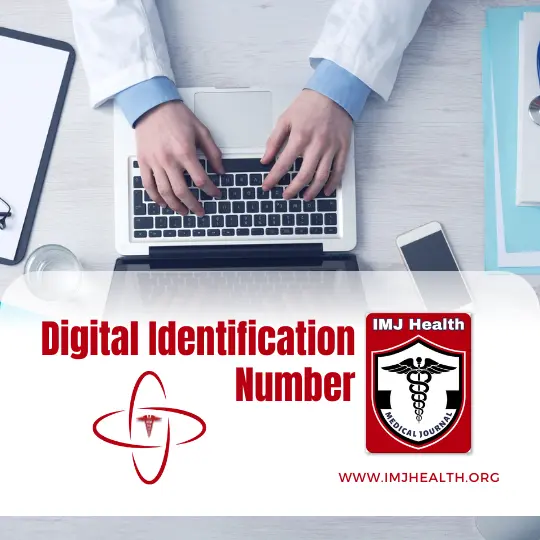 October 2025 Issue
October 2025 Issue
| Citation Indices | All | Since 2019 |
| Citation | 280 | 209 |
| h-index | 7 | 7 |
| i10-index | 3 | 1 |
| Acceptance Rate (By Year) | |
| Year | Percentage |
| 2024 | 8.17% |
| 2023 | 10.84% |
| 2022 | 9.14% |
| 2021 | 11.26% |
| 2020 | 11.8% |
| 2019 | 10.3% |
| 2018 | 8.65% |
| 2017 | 12.9% |
| 2016 | 10.9% |
| 2015 | 12.5% |
Medical Journal: IMJ Health- Digital Identification Number (DIN)

Learn how Medical Journal IMJ Health assigns a unique DigiTAL Identification Number (DIN) to every submitted paper, ensuring efficient tracking, referencing, and archiving throughout the paper's lifecycle.
At Medical Journal IMJ Health, every submitted research paper is assigned a unique DigiTAL Identification Number (DIN) at the beginning of the submission process. This number is crucial for identifying, tracking, and referencing the paper throughout its life cycle, from submission to publication and beyond.
The format of the DIN includes:
- Journal Code: IMJH (for Medical Journal IMJ Health)
- Month and Year of Submission: For example, SEP-2024
- Submission Sequence: A unique number assigned based on the submission order within that month
For instance, a paper submitted in September 2024 might be assigned the DIN: IMJH-SEP-2024-1.
Why DIN is Important?
- Permanent Reference: The DIN remains the same throughout the paper's lifecycle, ensuring it can always be identified, regardless of changes or updates.
- Tracking and Citations: Researchers, reviewers, and institutions can use the DIN to track the progress of a submission and refer to it in future correspondence or citations.
- Archiving: DIN allows efficient archiving and retrieval of papers, making it easier for readers and institutions to access a specific submission.
Once assigned, the DIN remains constant for the paper, and all future references or citations of the paper will use this same DIN.